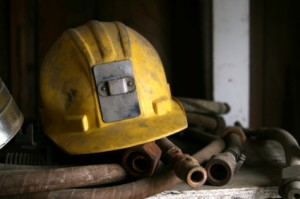 Data from the Mine Safety & Health Administration (MSHA) indicates that mining deaths in the U.S. reached a new low in 2016.
Data from the Mine Safety & Health Administration (MSHA) indicates that mining deaths in the U.S. reached a new low in 2016.
According to the data, 25 miners died in work-related accidents at the nation’s mines, down from 29 deaths in 2015. This figure represents the lowest number of mining deaths ever recorded and only the second year mining deaths dropped below 30, MSHA adds.
Nine of the 25 fatalities occurred in coal mines. Four of these were in West Virginia; two in Kentucky; one in Alabama; one in Illinois; and one in Pennsylvania. According to MSHA, the leading causes of death were powered haulage and machinery, which accounted for six of the deaths. The previous historic low was 12 coal mining deaths in 2015.
A total of 16 deaths occurred in metal and nonmetal mines in 2016. Two of the deaths took place in Mississippi; two in Texas; and one each in Arizona, Arkansas, Florida, Georgia, Iowa, Kentucky, Michigan, Nevada, North Carolina, Tennessee, Utah and Virginia. According to MSHA, the leading cause of death in these mines was machinery accidents. In 2015, 17 miners died in the metal and nonmetal sector.
“While these deaths show that more needs to be done to protect our nation’s miners, we have reached a new era in mine safety in the past few years,” says Joe Main, assistant secretary of labor for mine safety and health. “Each year since 2009, injury rates have dropped, and the number of mining deaths and fatality rates were less than in all prior years in history except in 2010, when the Upper Big Branch mine disaster occurred.”
Currently, about 330,000 miners work in more than 13,000 U.S. mines.











